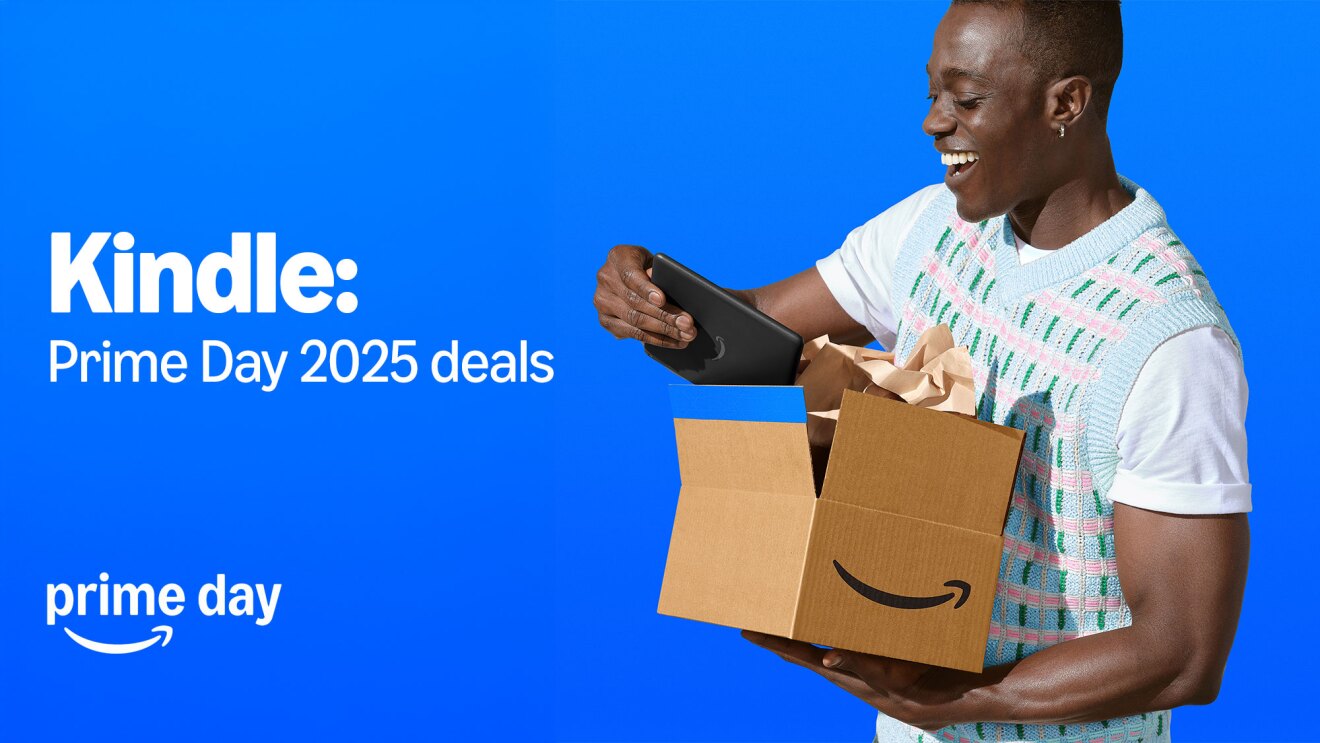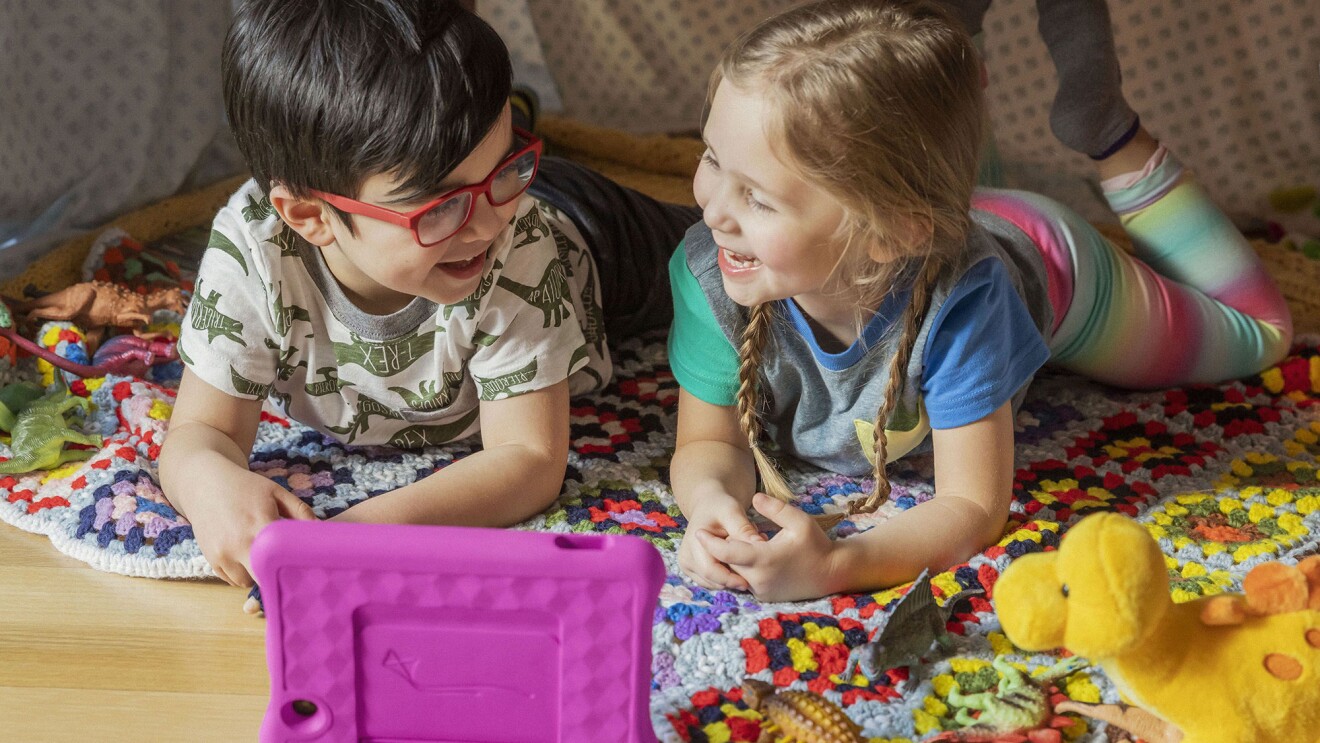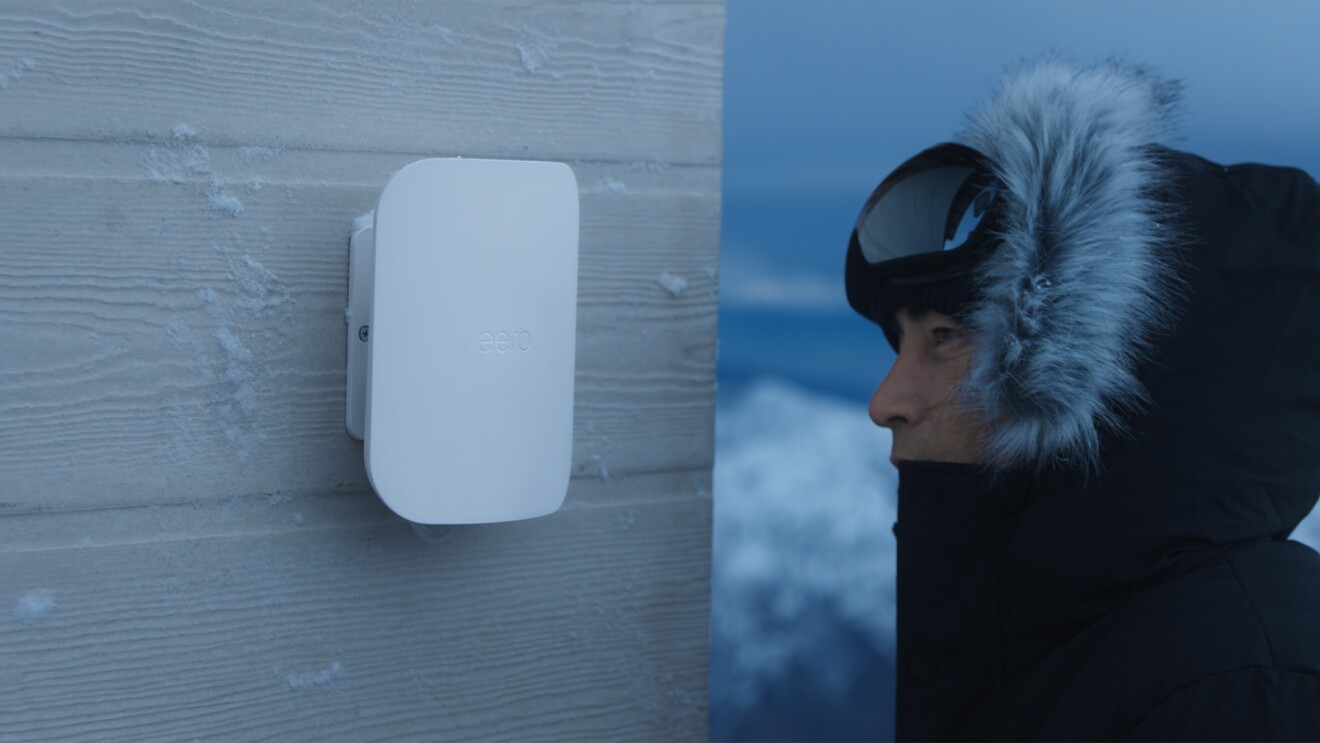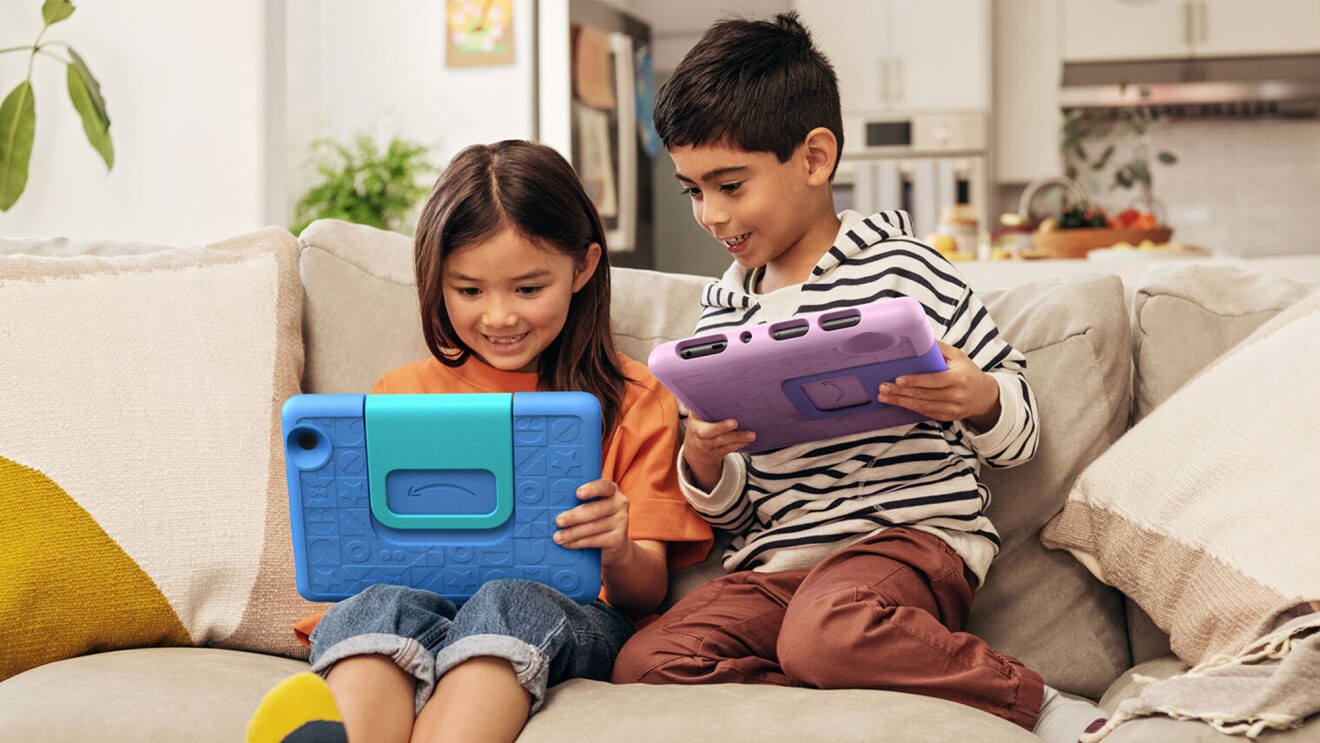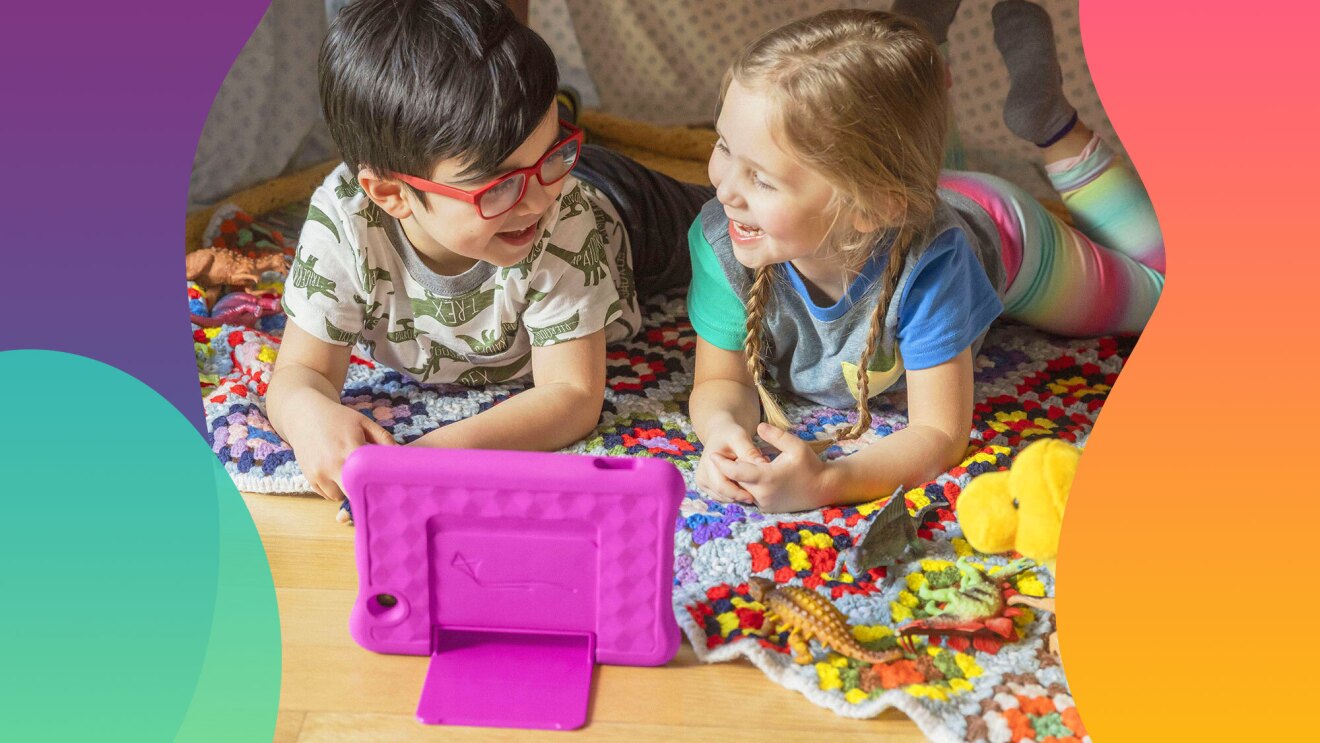In May, Amazon celebrates its 10th annual Global Accessibility Awareness Month (GAAM), a company-wide initiative focused on digital access and inclusion. The commemoration features over 70 events, including educational sessions, panels, fireside chats, celebrity keynotes, technical talks, and workshops covering a wide range of accessibility topics. Amazon employees worldwide can participate via livestream, with in-office programming available in Seattle, Paris, Tokyo, Hyderabad, and Arlington, VA. These sessions, led by Amazon employees, executives, and external accessibility experts and advocates, aim to educate, motivate, and inspire staff.
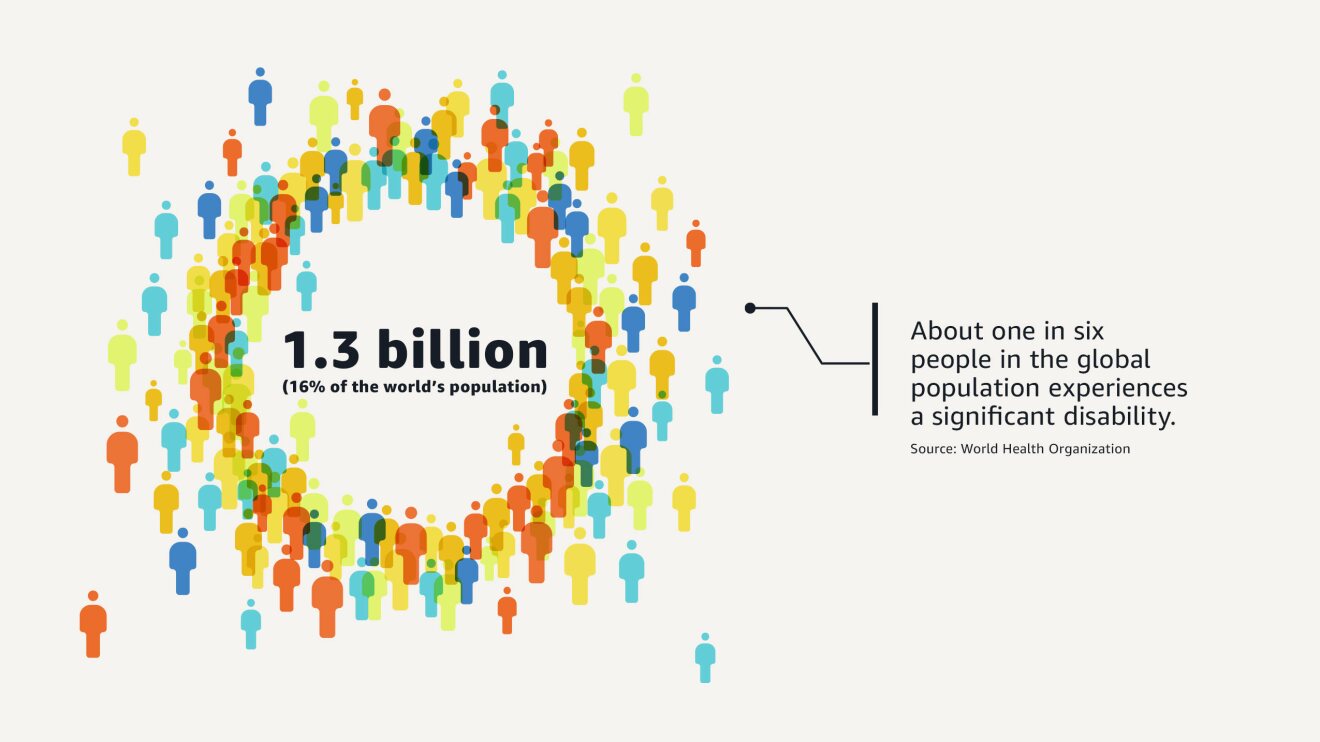
The World Health Organization reports that more than 1.3 billion people—one in six globally—experience a significant disability. This statistic underpins Amazon's approach to designing products and services accessible to everyone, including people with disabilities.
How an Amazon employee’s vision brought life to GAAM
GAAM was born in 2016 when Charlotte (Charli) Riggle, then a technical writer on Amazon's Retail Accessibility team, saw an opportunity to educate colleagues and make the world more inclusive and accessible. While writing documentation about solutions for customers with disabilities, she identified ways to expand accessibility awareness across the company. Inspired by Global Accessibility Awareness Day (GAAD), an annual industry event focused on digital accessibility, Charli envisioned something bigger: an annual industry event focused on digital accessibility awareness.
"It was audacious at the time, but one of the things that appealed to me about the Amazon job was the Leadership Principles –Ownership, Think Big, Bias for Action," says Charli, now a principal accessibility specialist on the AWS accessibility team. She sought to humanize customers with disabilities beyond stereotypes and tropes, and educate her colleagues in the name of customer obsession.

Charli's connection to accessibility began in childhood, growing up alongside community members affected by polio, measles, rubella, and other conditions that led to lifelong disabilities. Later, as a mother advocating for her own children with disabilities and varying medical needs throughout their school years, she vowed to help other families with fewer resources access equal opportunities for their children.
"I thought this would come during retirement and volunteer opportunities, but when the Amazon job came along, I realized I didn't have to wait until retirement to make a change. Because of our size and scale at Amazon, we can change the world. And I can be a little piece of that."

Using 'Global' in GAAM was aspirational—the first year featured just 16 events across two offices in Seattle and Sunnyvale, CA. Charli began planning in March 2016, just two months into her tenure at Amazon, and launched the monthlong series in May. She collaborated with colleagues like Kelly Curtis, now a senior manager of accessibility for Amazon's Devices & Services team. Together, they integrated GAAM events with existing employee programming and created new hands-on training sessions, teaching employees how to use accessibility features like screen readers.
A virtual pivot leads to global reach
For the first four years, GAAM was an entirely in-person endeavor. The COVID-19 pandemic in 2020 forced the team to pivot to a 100% virtual format, which unexpectedly became a silver lining. The virtual setup made 2020's GAAM the most well-attended and accessible to date.
Charli received messages from colleagues as far as South Africa, expressing appreciation for the ability to livestream sessions and learn about diverse experiences. The hybrid model of virtual and in-office sessions now allows employees from any Amazon location to participate without travel, whether attending, speaking, or joining the planning team.
Building momentum through employee passion
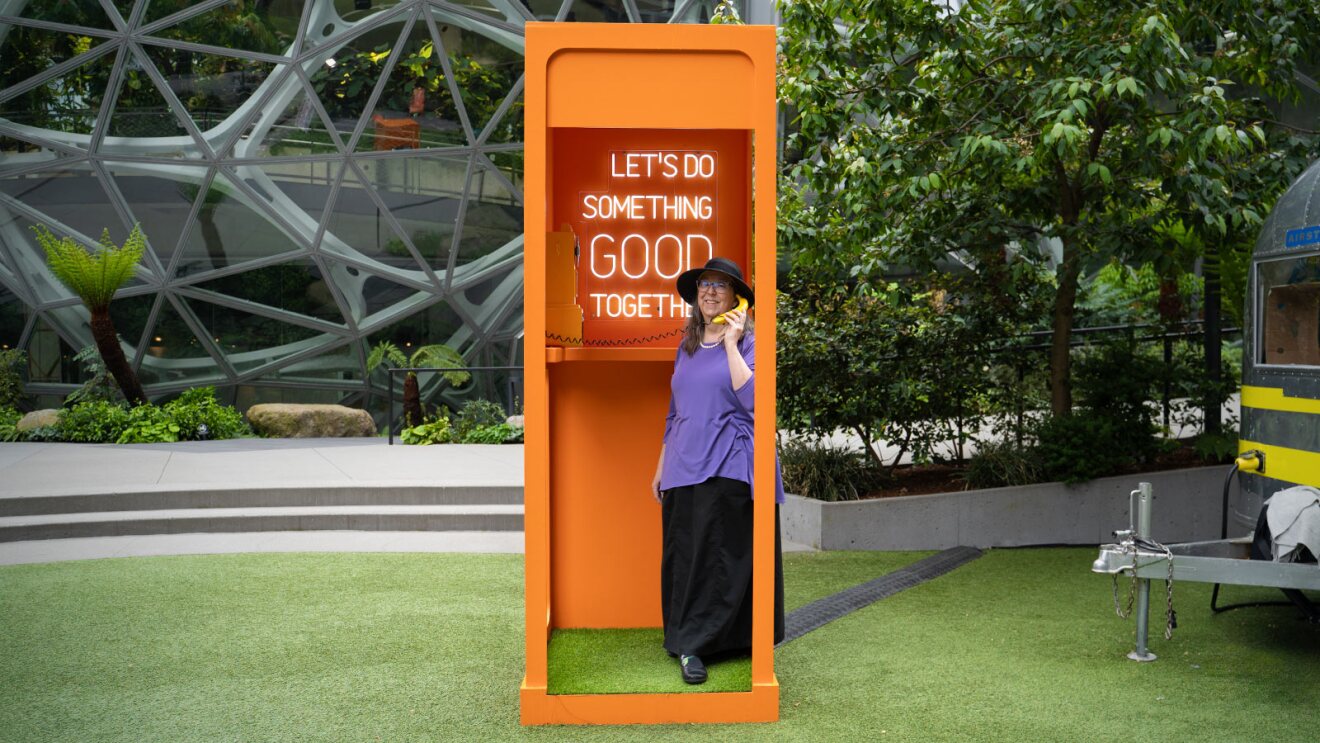
In 2020, Charli passed the planning and oversight responsibilities to a team of colleagues, while still consulting for GAAM. She credits her successors with GAAM's continued growth, including additions like celebrity keynote speakers, social media promotions, and internal promotional videos to boost employee awareness and attendance.
GAAM remains a predominantly volunteer and employee-led initiative without official funding or a single owning department. "Accessibility is everyone's job," Charli emphasized. "The commitment year after year is phenomenal."
Charli compares the slow but steady progress to an avalanche: "An avalanche is made of tiny snowflakes, which pile up and accumulate and become an unstoppable force." Her unwavering commitment and contagious passion have gathered thousands of employee volunteers, advocates, and event attendees.
“I will always be connected to GAAM, but it needs people that bring so much magic to it to take it to the next level,” she said.
Measuring a decade of progress
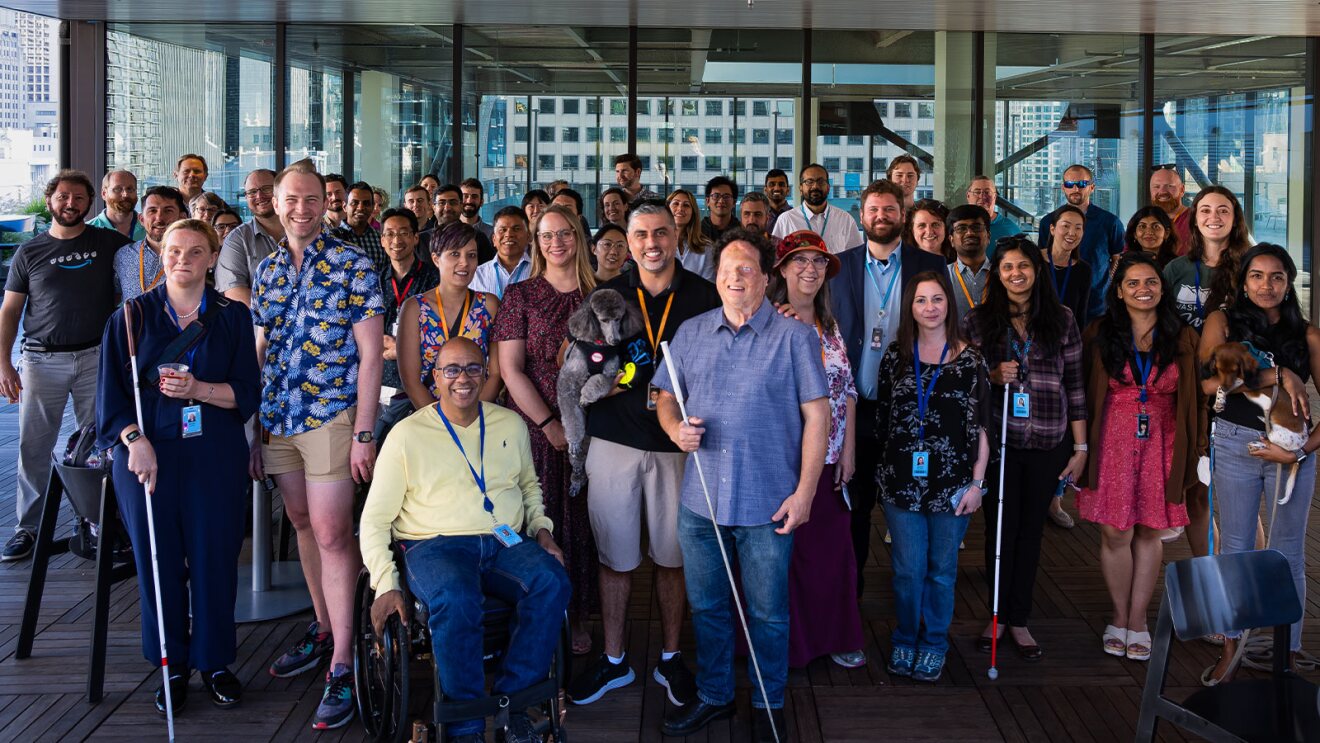
"The biggest change I've seen internally is the mental model shift to an accessibility-first mindset across teams," Charli noted. Annual post-event GAAM surveys continue to signal behavioral changes, demonstrating small, steady shifts in progress.
AWS makes Accessibility Conformance Reports (ACRs) available for customers, which provide information about the accessibility of specific AWS services. Amazon has also continued to invest in accessibility features for Alexa, Kindle, Fire TV, and other Devices & Services products. Charli has noticed increased representation of people with disabilities in retail advertising, and Amazon's accessibility hub now features "beautiful, respectful, and accurate photography of real customers with disabilities."
"I'm a firm believer in celebrating progress over perfection," Charli said. She likens her ongoing quest for broadening accessibility knowledge to her ever-growing book collection—the limit does not exist. "Accessibility is a journey. There's always more to do, but it's nice to look at how far we've come."
Trending news and stories





